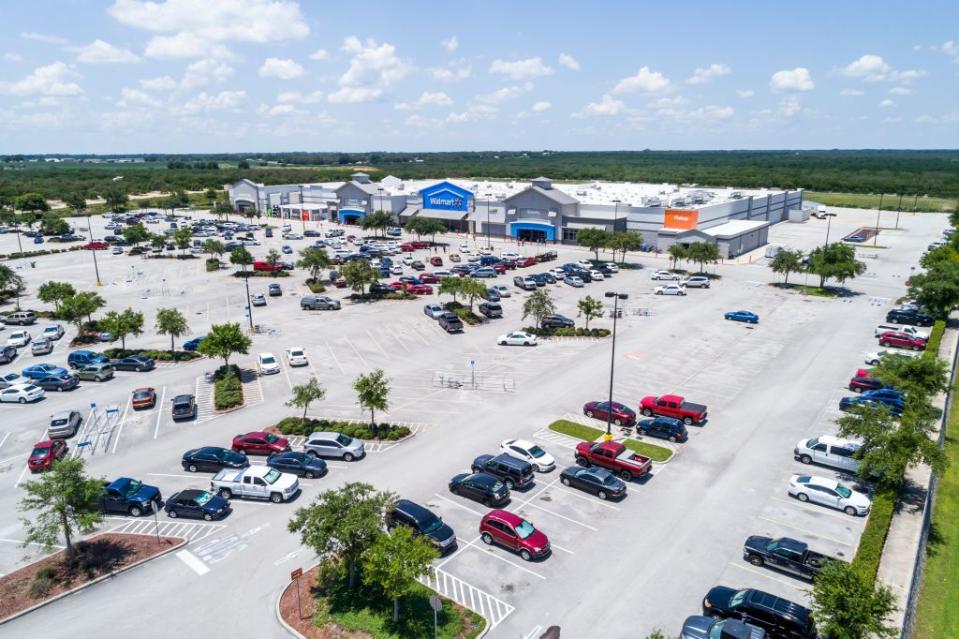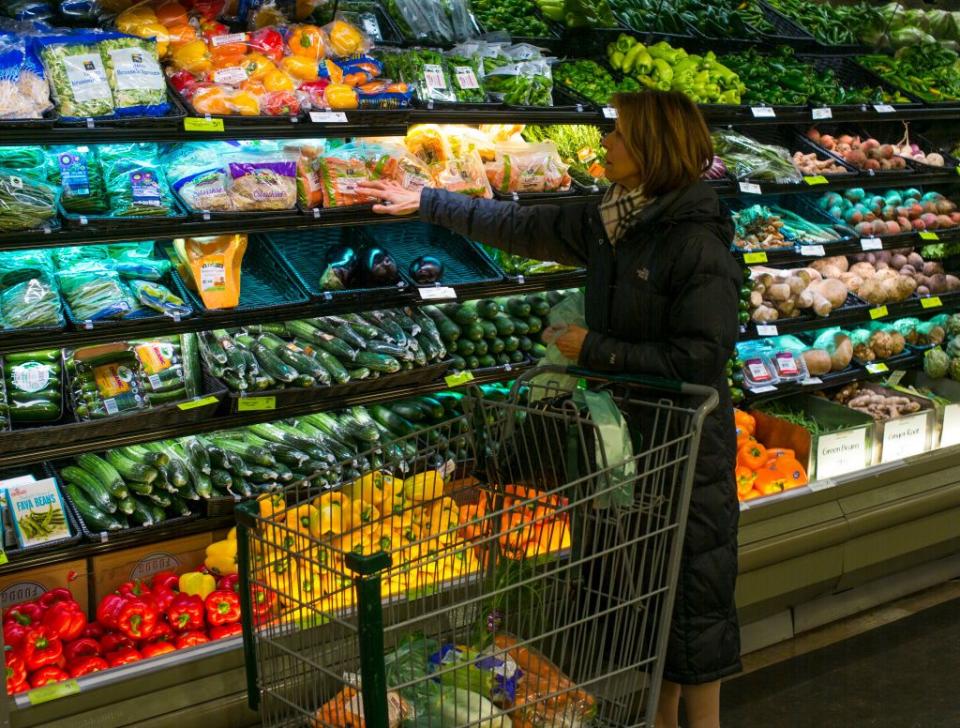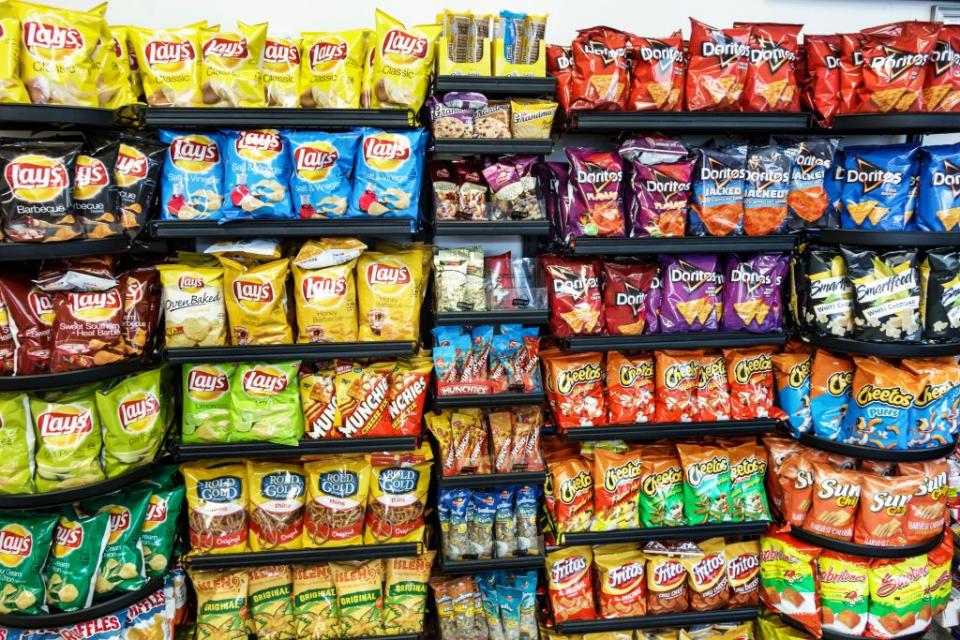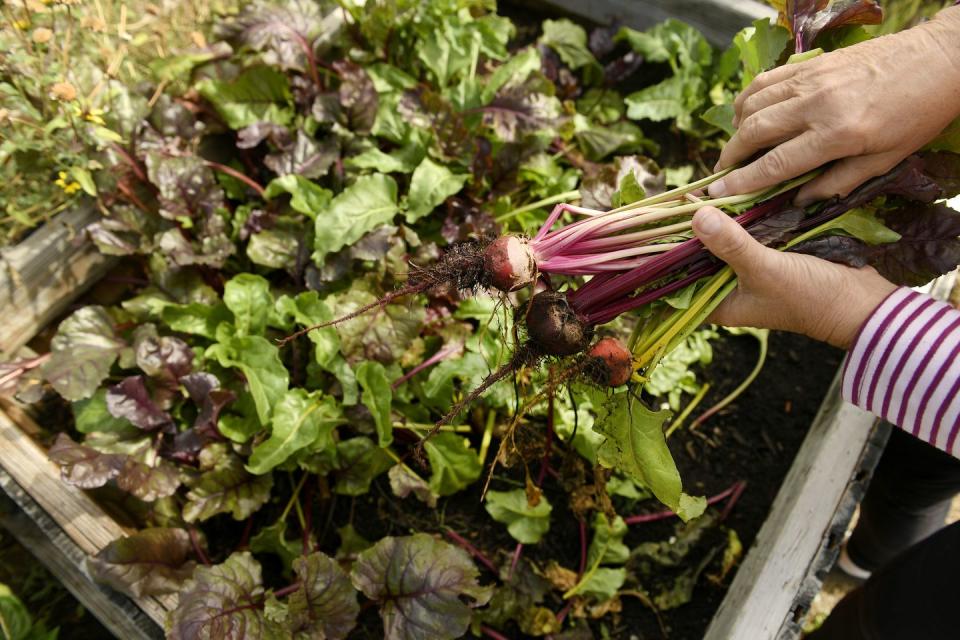What You Need To Know About Food Deserts

Staying healthy isn’t just about working out and investing in self care. A balanced diet is an incredibly important way to prevent diseases and health issues that could impact you in the long-term. According to the World Health Organization, a healthy diet includes plenty of fruits and vegetables, whole proteins, legumes, and beans. This can be easy enough to achieve if you’re shopping correctly at the grocery store.
But what happens if you don’t have access to some of these foods, or a store that sells them? In that case, you’re probably going to eat whatever is available to you, whether it’s healthy or not, something that can have a negative affect on your body. This kind of predicament is known as a food desert, and it’s an issue everyone needs to be aware of.
What exactly is a food desert?
A food desert can be hard to define, but in general, the Centers for Disease Control and Prevention say that it’s an area that lacks access to affordable foods that make up a healthy, balanced diet. This usually includes foods like fresh fruits and vegetables, low-fat milk, and whole grains, among others. Because people who live in food deserts don’t have a reliable grocery store or farmers market to go to to buy these types of food, they often end up purchasing items at convenience stores or gas stations, where the options are not nearly as nutritious as they should be, or they’re too expensive to afford.
Where are food deserts usually found?
The United States Department of Agriculture says that a place is thought of as a food desert if the area meets certain low-income and low-access thresholds. If there’s a poverty rate of 20% or greater, and at least 500 persons and/or 33% of the population lives more than a mile away from a supermarket or large grocery store, it’s considered a food desert. The latest statistics from 2006 data show that an estimated 13.5 million people in the United States have low access to a proper grocery store, and 82% of them live in urban areas.

Who is most affected?
In simple terms, the people most affected by food deserts are those who don’t have access to large grocery stores where healthy options are available and affordable. But, of course, it’s more complicated than just where someone lives. There are plenty of people who live in food deserts who also own cars - these people are able to get in their cars and drive to the grocery store, so they have more access. It’s the people who don’t have cars who are more affected, in that case. The USDA shows that about 2.3 million, or 2.2%, of households in the United States who live more than a mile from the grocery store also don’t have access to a car.
Even public transportation doesn’t necessarily make things easier all the time. As Food Empowerment Project points out, people in urban areas who are far from a grocery store may have very limited access to public transportation, or they don’t have the money to take the required buses and/or trains.
Food deserts are also more likely to be found in communities with a high percentage of people of color. Studies have found that wealthy districts can have three times as many supermarkets as more low-income districts have. Other research has shown that white neighborhoods can have about four times as many supermarkets are predominantly black neighborhoods do, and on top of that, the supermarkets in black communities usually have less of a selection.

There are other factors that make a place a food desert.
While socio-economic status is definitely a big part of what makes a place a food desert to begin with, there are other factors that go into it as well. The USDA says that many places lack large grocery stores because companies just don’t want to build there. There are a lot of reasons they’re avoiding the area: the costs that come with building there (for example, if the rent or price of land is higher), the zoning rules that come with building there, their location in terms of convenient delivery routes, and the crime and security concerns associated with the area. They also take into account the buying habits and demographic and economic characteristics of consumers in the area.
This is all especially true for large supermarkets, which need a lot of land and parking, as well as the ability to accommodate large trucks. This is one of the reasons food deserts can be found in urban areas or very small towns.
Serious negative health consequences come with food deserts.
Research shows that people who live in food deserts often can’t find culturally appropriate food, can’t find food that fits into their dietary restrictions (if they are lactose intolerant, for example), and can’t afford the little healthy food that they do have access to. Because of this, they are essentially forced into eating unhealthy options, like frozen foods, highly processed foods, and fast food. At the end of the day, 55% of people in food deserts are less likely to have a good-quality diet over people who live elsewhere.
Because food deserts mainly affect quality of food over actual access to food, the biggest health concern associated with food deserts has often been obesity, something that comes with eating unhealthy options on a regular basis. Obesity can cause a variety of health issues, such as high blood pressure, diabetes, heart disease, stroke, cancer, and mental disorders.

Food deserts have a particularly negative affect on children as well, who need to have a healthy diet in the first few years of their life in order to develop properly. When a kid has poor nutrition, they can be at risk for obesity and all that comes with it, iron deficiencies, dental cavities, and long-term health effects that go into adulthood, like a higher risk of cancer and high blood pressure.
It’s also important to consider the people in food deserts who have dietary restrictions that can’t be met because of their limited access to supermarkets. These people are often forced into eating food they’re allergic to, which can lead to them being seriously sick and needing emergency treatment.
How can we get rid of food deserts or prevent them from happening in the first place?
Tackling the issue of food deserts is a tough one, but some initiatives are already in place. The Healthy Food Financing Initiative was started in 2010 in an attempt to bring grocery stores and healthier options to food deserts. Michelle Obama’s Let’s Move act, which brought salad bars to schools across the country, was also aiding in preventing and getting rid of food deserts.
The CDC also recommends that the people in these communities participate in the efforts by establishing a community garden and/or organizing local farmers markets. Local governments should be improving transportation to get people easier access to the closest supermarkets, and changing the tough zoning codes and taxes that keep businesses away from the area.
It would also help if healthier food was made more affordable. Research has shown that the price of fruits and vegetables increased almost 75% between 1989 and 2005, and at the same time, the price of fatty foods decreased by more than 26%. If healthy food is going to continue to be more inexpensive, it’s still not going to be accessible to low-income shoppers, whether they have access to the grocery store or not.

Educating people on the importance of eating healthy food is just as important.
Unfortunately, eradicating the problems associated with food deserts isn’t as easy as giving the people who live in them access to supermarkets. A 2018 Chicago Booth study found that giving people in low-income households the same products and prices as people in high-income households reduced nutritional inequality by only 9%.
Some studies have even shown that food deserts do not correlate with obesity. A 2017 study found that improved food access doesn’t show “strong evidence toward enhancing health-related outcomes over short durations.”
So, the answer to food deserts isn’t just about increasing access to supermarkets and healthier food prices. It’s also about educating people on how to eat better. Experts believe that the focus needs to be more on helping people make better personal choices when it comes to food, rather than just giving them access to healthier food.
This is a reminder of how important proper food education is. Access to healthier foods is a good step for food deserts, but making sure people know what they should be buying and eating is even more essential.
You Might Also Like

